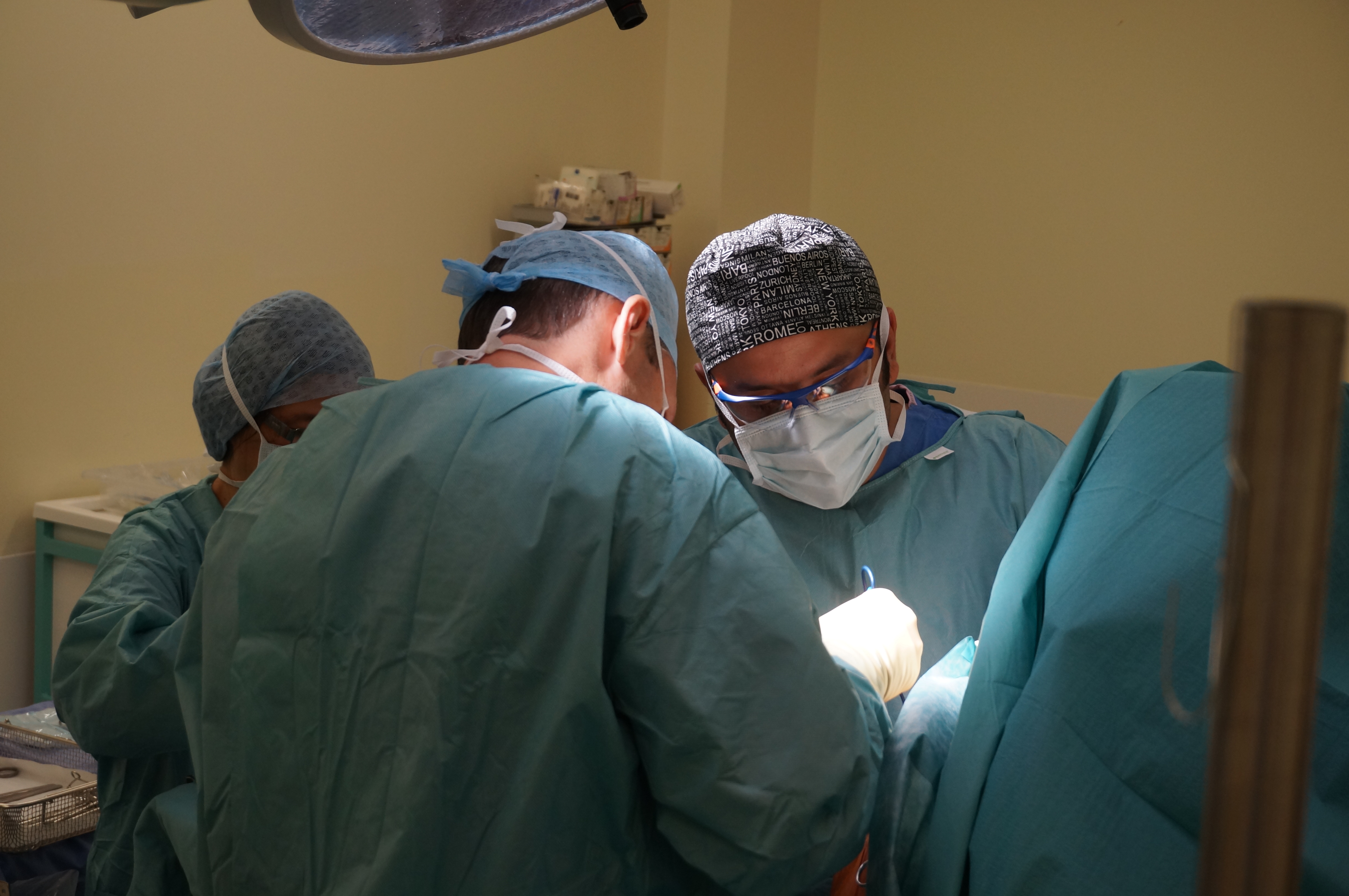Do you ask for 'subacromial impingement thesis'? Here you can find the questions and answers on the subject.
Table of contents
- Subacromial impingement thesis in 2021
- Subacromial impingement cpg
- Subacromial impingement syndrome treatment
- Subacromial impingement syndrome symptoms
- Acromial impingement syndrome
- Subacromial impingement thesis 06
- Subacromial impingement thesis 07
- Subacromial impingement thesis 08
Subacromial impingement thesis in 2021
 This picture representes subacromial impingement thesis.
This picture representes subacromial impingement thesis.
Subacromial impingement cpg
 This picture representes Subacromial impingement cpg.
This picture representes Subacromial impingement cpg.
Subacromial impingement syndrome treatment
 This image illustrates Subacromial impingement syndrome treatment.
This image illustrates Subacromial impingement syndrome treatment.
Subacromial impingement syndrome symptoms
 This image representes Subacromial impingement syndrome symptoms.
This image representes Subacromial impingement syndrome symptoms.
Acromial impingement syndrome
 This picture illustrates Acromial impingement syndrome.
This picture illustrates Acromial impingement syndrome.
Subacromial impingement thesis 06
 This picture representes Subacromial impingement thesis 06.
This picture representes Subacromial impingement thesis 06.
Subacromial impingement thesis 07
 This image representes Subacromial impingement thesis 07.
This image representes Subacromial impingement thesis 07.
Subacromial impingement thesis 08
 This image shows Subacromial impingement thesis 08.
This image shows Subacromial impingement thesis 08.
How to treat subacromial pain in the shoulder?
Subacromial pain is the most common problem among patients with shoulder complaints seeking primary care. The recommended treatment for these patients is primarily non-surgical with a focus on exercise treatment. If this treatment fails arthroscopic subacromial decompression (ASD) followed by exercise treatment is recommended.
What are the different types of subacromial impingement syndrome?
Subacromial impingement syndrome (SAIS) represents a spectrum of pathology ranging from subacromial bursitis to rotator cuff tendinopathy and full-thickness rotator cuff tears.
How does extrinsic impingement affect the subacromial space?
Extrinsic Impingement. It is reduced in SAIS patients with the muscles at rest or during muscle activation which functionally narrow the subacromial space. Furthermore, AHD less than 7 mm with the arm at rest is a predictive indicator of less favorable surgical outcome.
How does glenohumeral motion affect the subacromial space?
Theoretically, these changes in the subacromial space would be accentuated with an increase in the normal superior and anterior humeral head translation, leading to mechanical compression of the tissues in subacromial space during glenohumeral motion.
Last Update: Oct 2021